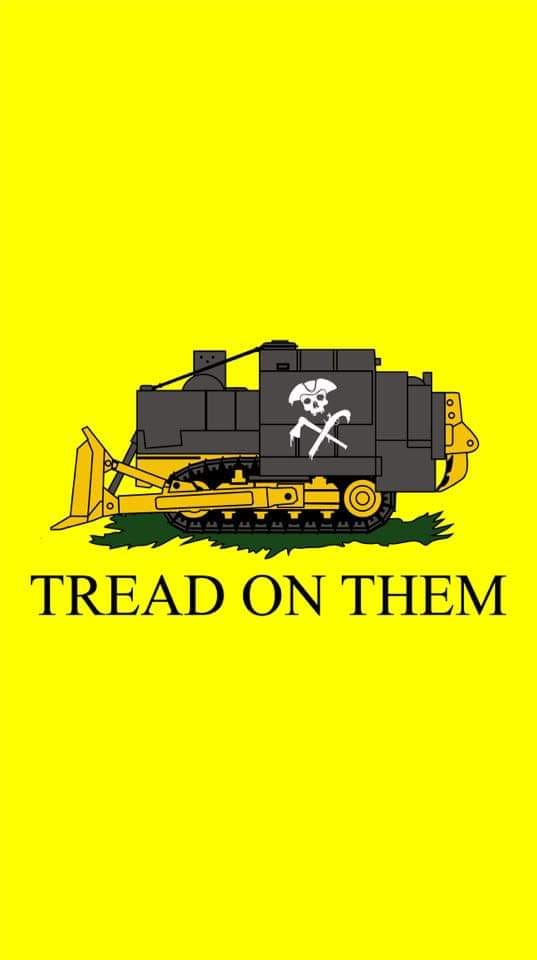Heemeyer Muffler Repair
Poster’s location not shared ⋅ June 4, 2019 ⋅
June 4th, 2019 marks the 15th anniversary of the Killdozer’s rampage through Granby, Colorado.
Sit down kids, and let me tell you a tale. A tale about a reasonable man driven to do unreasonable things.
Marvin Heemeyer was a man who owned a muffler shop in Granby, Colorado. The city council ordained to approve the construction of a concrete factory in the lot across from Marvin’s shop. In the process, this blocked the only access road to the muffler shop. Marvin petitioned to stop the construction to no avail. He petitioned to construct a new access road, and even bought the heavy machinery to do so himself. Denied.
The concrete factory went up in disregard to the ramifications on Marvin’s business. To add insult to injury, the factory construction disconnected the muffler shop from the city sewage lines. An indifferent city government then chose to fine Marvin for this.
His business and livelihood were in ruin. Rather than lie down and die, Marvin chose to fight back. Over the course of a year and a half, Marvin secretly outfitted the bulldozer he bought to save his business with 3-foot thick steel and concrete armor, camera systems, and enclosed bulletproof glass.
On June 4th, 2004 Marvin Heemeyer lowered the armored shell over top of himself, entombing himself inside the Killdozer to make his last stand.
He burst forth from the walls of his muffler shop and straight into the concrete factory that ruined his business. Over the course of the next several hours, Marvin drove his Killdozer through 13 buildings owned by those officials that had wronged him, including the city council building itself.
SWAT teams swarmed the dozer, but it proved immune to small arms fire and even explosives. Another piece of heavy machinery was even brought out to fight the Killdozer, but it too fell to the dozers righteous fury.
In the end, Marvin’s Killdozer became trapped in one of the buildings it was built to destroy. Marvin chose to take his life, the only life he took that day.
Today, we celebrate Killdozer Day and Marvin Heemeyer, the last great American folk hero. A man driven to the brink who chose to fight back against an indifferent system.
From notes left behind after his passing:
“I was always willing to be reasonable until I had to be unreasonable. Sometimes reasonable men must do unreasonable things.”
HAPPY KILLDOZER DAY!







